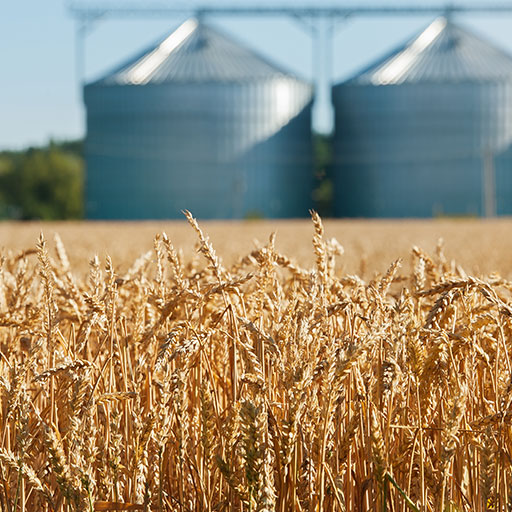9 Recommendations For Reducing The Risks Of Herbicide Resistance
To address the increasing urgent problem of herbicide resistance, the Weed Science Society of America makes the following recommendations:
- Reduce the weed seedbank through diversified programs that minimize weed seed production.
- Implement an herbicide mechanism of action labeling system for all herbicide products and conduct an awareness campaign.
- Communicate that discovery of new, effective herbicide mechanisms of action is rare and that the existing herbicide resource is exhaustible.
- Demonstrate the benefits and costs of proactive, diversified weed management systems for the mitigation of herbicide‐resistant weeds.
- Foster the development of incentives by government agencies and industry that conserve critical herbicide mechanisms of action as a means to encourage adoption of best practices.
- Promote the application of full labeled rates at the appropriate weed and crop growth stage. When tank mixtures are employed to control the range of weeds present in a field, each product should be used at the specified label rate appropriate for the weeds present.
- Identify and promote individual best management practices that fit specific farming segments with the greatest potential impact.
- Engage the public and private sectors in the promotion of best management practices, including those concerning appropriate herbicide use.
- Direct federal, state, and industry funding to research addressing the substantial knowledge gaps in BMPs for herbicide resistance and support cooperative extension services as vital agents in education for resistance management.
Source: Reducing the Risks of Herbicide Resistance: Best Management Practices and Recommendations. WSSA.
0
1
5
9 Recommendations For Reducing The Risks Of Herbicide Resistance






